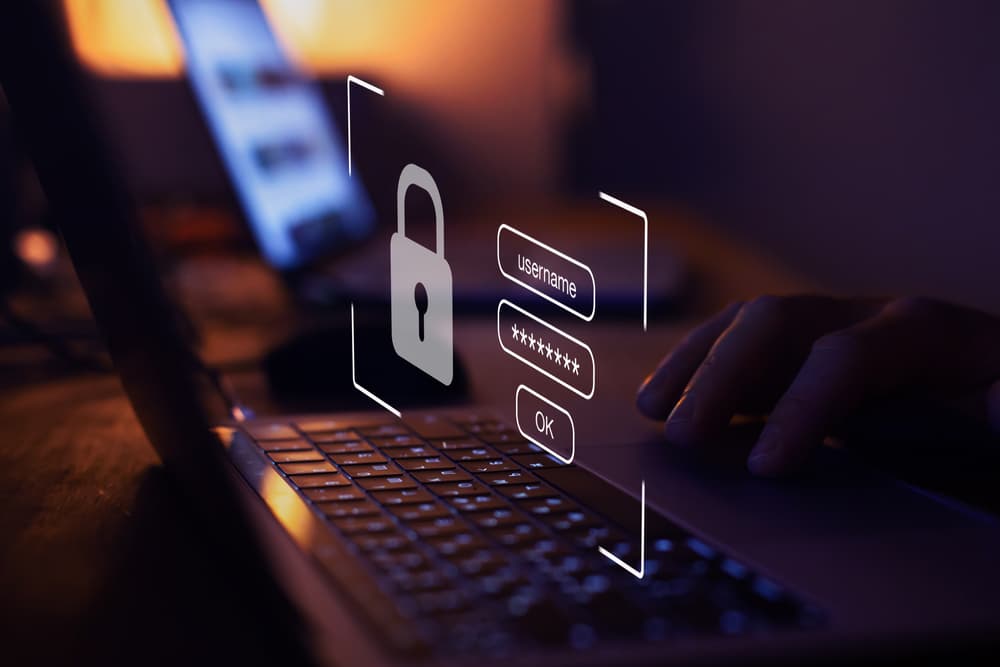
How to thwart "infostealer" malware from harvesting your credentials
Last week, news headlines across Australia reported that 30,000 banking passwords had been stolen by malware directly from users’ personal devices (source). The culprit? Infostealer malware – malicious code that slips quietly into a system, remains undetected and slowly drains sensitive login credentials over time.
This silent threat is now one of the most urgent challenges facing professionals. Whether you’re handling client data, privileged access to financial transactions, or confidential communications, a single compromised device can expose everything.
According to a recent Forbes report, 1.7 billion credentials (revised 5 days later to 19 billion) were stolen in 12 months from April 2024. Even more alarming, infostealer infections surged over 500% in the last 12 months, according to research by cybersecurity firm Flare. It’s easy to skim past statistics – but these should make every professional sit up and pay attention.
Why 2FA No Longer Guarantees Security
Two-factor authentication (2FA) was once the gold standard for securing accounts. But infostealers now harvest not just usernames and passwords, but also session tokens and cookies, allowing attackers to impersonate users without ever needing their credentials.
Once a device is infected, a criminal can hijack a live session, bypass 2FA, and operate in real time. It’s no longer enough to protect the password. It’s the integrity of the device is now the front line.
A New Class of Protection: Fortified VPNs
To counter this, a new class of cybersecurity solution has emerged: the Fortified VPN. Unlike traditional VPNs, which only encrypt traffic but filter nothing and leave the local device vulnerable, Fortified VPNs isolate the entire browsing session in a remote, disposable virtual machine.
Nothing from the local device can interact with the session. The virtual desktop infrastructure (VDI) is streamed to the user’s screen like a television broadcast – just pixels, no code. That isolation boundary blocks even the most advanced malware. You can’t hack a stream of pixels.
To protect data entry of credentials, it employs an Invisible Encrypted Keyboard, a graphical proxy that bypasses local keyloggers completely, and can even run on a separate device.
When the session ends, the remote environment evaporates without a trace. No data is retained. No malware can cross. No breadcrumbs are left. From the attackers perspective, there’s nothing there.
What This Means for Professionals
From trustees and legal firms to executives and remote teams, professionals are high-value targets. Business email, banking credentials, cloud-based file storage—any of these can be leveraged in fraud. With a 500% spike in infostealers and 1.7 billion credentials exposed, it’s clear: automated, AI-driven attacks are outpacing the tools meant to stop them—traditional security is failing at scale.
BankVault cybersecurity’s personal cybersecurity technology is powered by Fortified VPN isolation to neutralise these threats at the root. It even enables secure access from compromised devices, restoring confidence and control to professionals who depend on privacy and trust.
This technology just won at #ACE25 (Australian Cyber Exchange conference) in Sydney, standing out among the most advanced innovations in cybersecurity. While traditional products try to block threats, Fortified VPNs take a more radical approach — they make the user invisible.
Conclusion
Cybersecurity is no longer just an IT issue—it’s a business-critical risk. For professionals whose trust and reputation are everything, staying ahead of emerging threats is essential.
With no software to install and no setup required, BankVault’s personal cybersecurity technology gives you the power of invisibility—enabling you to operate securely in a world where your device, your data, and even your trust can no longer be assumed.
Visit www.BankVault.com and select Personal Cybersecurity to download the whitepaper and explore how this approach is being adopted across industries — and what sets it apart.
Graeme Speak is the CEO/Founder of BankVault cybersecurity, an innovation team that has been pioneering intelligent new approaches to web security since 2015.
#Cybersecurity #Infostealer #CredentialTheft #InternetIsolation #DigitalTrust #FortifiedVPN
Test Drive
Get a personalized demonstration with one of our security specialists who can address your specific executive protection needs.
BankVault.com
BankVault is a cybersecurity innovator that has pioneered web security since 2015. We have over twenty innovations, six patent families filed worldwide, five products in market, and high-caliber shareholders including Turing Laureate Whitfield Diffie.
The solutions let organizations offer users Passwordless access to their online services. The same technology also secures user input of sensitive data such as PINs, SSNs, CCV codes, etc.
The products are web based SaaS services which completely sidestep any potential malware that may exist on user devices and networks. They are deployed by organizations to protect external customers, or used by individuals to take control of their own security.


